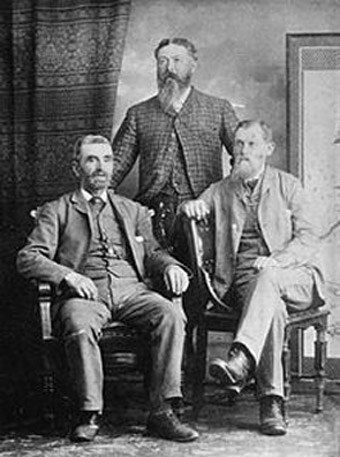When Richmond teenagers take the Canada Line and the bus to swim at English Bay, little do they know how the place has changed since I was a teen in l940.
There were two lifeguards on the alert – one was called “Shadow” and all the girls were madly in love with him. His real name was Bill Economy (now deceased).
The big raft with the slide, Big Bertha by name, was towed around from Coal Harbour every summer.
There was a small aquarium, above the beach access changing rooms, owned by Ivar, of “Ivar’s Acres of Clams” fame in Seattle.
Across from Beach Avenue — between Davie Street and Beach Avenue — on Denman Street, was a den of iniquity (according to my mother, who forbid me to find out) named Alec the Greek’s, a hangout for guys.
We innocent young girls all thought it was most likely illicit gambling that was going on. It was intriguing but “nice” girls didn’t enter to find out.
Every Sunday, an older man brought, on a very long leash, his pet Kinkajou, which was brown and looked like a long-legged weasel. It climbed a telephone pole and then went out onto the high wires above our heads and was very deft at crisscrossing the wires to our amazement and worry that it would fall.
In the little fenced triangle park bordered by Beach Avenue, Denman Street and Morton Avenue, fishermen appeared at daybreak looking for dew worms as bait. The worms were huge, fat and eight inches or more in length.
I lived on Morton Avenue which now boasts the “Dine in the Sky” advertisement on the roof of the Sylvia Hotel. The street was named for John Morton, who, with two men named William Hailstone and Samuel Brighouse, were known as the Three Greenhorn Englishmen.
Morton was the first white man to walk from English Bay to Coal Harbour. One day, he met a local Indian carrying a lump of coal and in sign and body language, asked him where he got it.
He was interested because his father in England was a potter and Morton knew where there was coal, there was clay.
The Indian signalled for Morton to follow him. They set out in a dugout canoe from what is now Coal Harbour, passed Siwash Rock and on to Third Beach where indeed Morton found clay.
The tide had turned and they couldn’t return the same way, so paddled around Second Beach to English Bay and Morton followed the Indian back to Coal Harbour on a path which is now Denman Street.
Thus, he became the first white man to enjoy that route.
Morton lived in a small shack right next to what is now the Marine Building. Hailstone seems to have faded into history but Brighouse, the third of the Three Greenhorn Englishmen, is well known in Richmond with at least a former racetrack and Canada Line terminal named in his honour.
There are many stories about the Three Greenhorn Englishmen in Vancouver’s interesting history and I’m sure that someone in 2060 will be writing about how things have changed at English Bay since they were a teenager.
Nadine Jones is a Richmond resident and former journalist.



